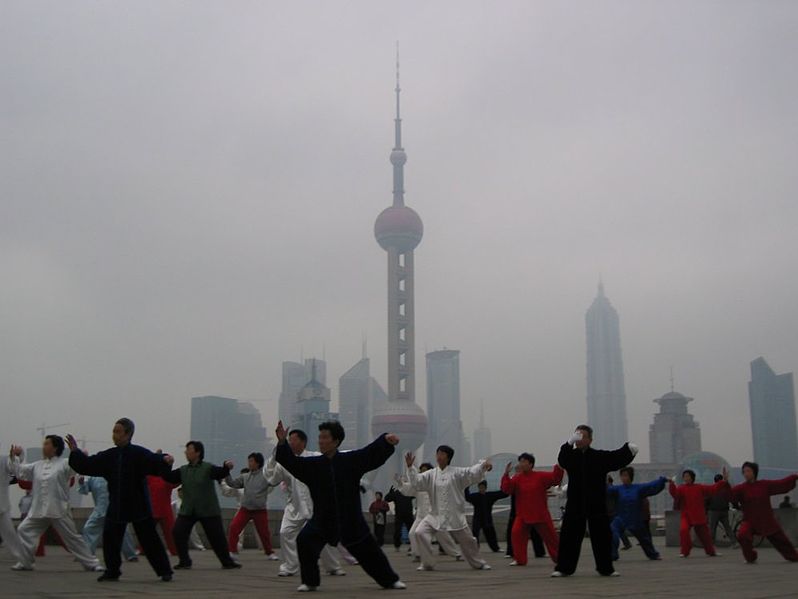Organizational Energy: May the Force Be With You
This is one of our free-to-access content pieces. To gain access to all Ideas for Leaders content please Log In Here or if you are not already a Subscriber then Subscribe Here.

Organizational energy, or the force with which a company works, is inextricably linked to personal and collective effectiveness and performance in a business. How can leaders assess that energy, and if necessary, recharge it, to make the most of their people, so that they are all positively energized around the business goals?
In many facets of life, collective energy affects the way things run, positively or negatively. Take schools, for example. They may go through periods of upheaval, in which results and staff/pupil morale are affected, but the desired outcome is (hopefully) positive. Likewise, sporting teams may experience changes in management or captaincy with results that can be astounding or disastrous, depending on the success of the appointment, and the energy their changes bring about.
It is no different with organizations, as they experience the ebb and flow of positive and negative energy in the good times and the bad.
Have you experienced these opposite scenarios within your own company? Perhaps there was a time when change initiatives resulted in negativity, where employees were going through the motions but remained detached, or worse, felt sidelined. Contrast that with a period when the place was buzzing with ideas and enthusiasm, goals were clear, and there was a sense of shared purpose.
It is easy to recognize this collective energy in an organization, and important to understand that it is exactly that, collective, not individual. Organizational energy considers the dynamics and interactions that occur among people, they can become more in sync, sharing the same energy on a more intense level – both positive and negative.
Recent research points to an ‘energy matrix’ to help leaders understand the current state of energy in their organization and suggest ways in which they can recharge and sustain it for the long term.
The four different energy states that can exist in an organization are:
The key to understanding these states is firstly to accept that all four might be present within an organization, to varying extents. While there may be a power struggle at the top, the sales team could still be working hard to push out products, for example.
Leaders need to know how to direct these various energy states. It might be a case of activating the organization out of its resigned inertia or its comfortable energy, by identifying a major threat or challenge, or seeking out a promising opportunity. Focusing the company’s shared emotion and effort on an external threat could generate productive energy. Likewise, developing a new market or innovation, or devising a new strategy could help release the positive forces required for a productive energy state.
Corrosive energy will be a harder nut to crack, as it can be so destructive, quickly eating away at all the human potential of the company. But leaders must be open to it, first accepting its existence and then taking steps to phase down the negative energy it brings with it. That may mean giving employees a chance to ‘let off steam’ about their gripes with the organization, or identifying and supporting those who have to absorb the negative forces from people across the company. The objective is to calm down the corrosive energy, and recharge disgruntled teams with a strong organizational identity and purpose.
Finally, sustaining positive energy is a significant leadership challenge for successful companies. The key is to maintain high levels of activity, alertness and emotional involvement by all within the organization, and that cannot be achieved by one leader alone. Use a network of managers within the company to boost energy, making sure they are leading with one voice. You need the courage to lead others to lead. Allowing managers and employees to grow, win and lead the next organizational success will sustain your organization’s productive energy and peak performance.

Ideas for Leaders is a free-to-access site. If you enjoy our content and find it valuable, please consider subscribing to our Developing Leaders Quarterly publication, this presents academic, business and consultant perspectives on leadership issues in a beautifully produced, small volume delivered to your desk four times a year.

For the less than the price of a coffee a week you can read over 650 summaries of research that cost universities over $1 billion to produce.
Use our Ideas to:
Speak to us on how else you can leverage this content to benefit your organization. info@ideasforleaders.com